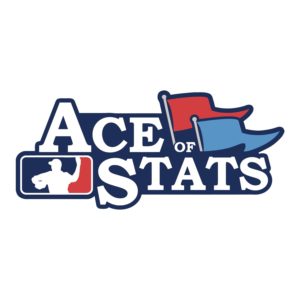
Following Week 3 of the NFL season, the Chiefs and Cowboys were each off to an undefeated start, 3-0 a piece. Kansas City quarterback Patrick Mahomes was the odds-on favorite to win the season MVP (+175, via Westgate Las Vegas SuperBook) and Dallas quarterback Dak Prescott was the first runner-up (+800). That was just a week ago.
Week 4, the Chiefs looked shaky in Detroit, but came out with the win, and Mahomes padded his MVP lead (currently at -110). Prescott, on the other hand, had a clunker in New Orleans, losing 12-10 to the Saints, and he’s now +2000 to take home the hardware at season’s end. My question — we knew this was coming, so why do we keep falling in love with Dak Prescott?
Public perception is one thing — the media blitz during and following a single weekend of pro football probably has a greater seismic effect on the populous than an entire NHL season. As both fans and analysts, it’s only natural to overreact to small-but-exciting sample sizes. What’s strange is that Vegas seems to be hopping aboard these hype trains as well.
In Major League Baseball, it’s much easier to quantify a “hot streak.” If we’re to assume a starting pitcher will have about 30 starts during the regular season, three good outings in a row would not be nearly large enough a sample size to determine if it’s an aberration. But, even though three games represents a much greater chunk of an NFL season (18.75 versus 10 percent of 30 starts), the same principle — and frankly common sense — should apply. Just because the NFL has a 16-game season does not mean we should lower the standard for analysis. It’s easier with baseball; it’s an experiment that’s being run about 10 times more than the NFL in a single season. So, why oh why did we elevate Dak Prescott so quickly to the NFL’s elite? If we stretch out the sample size, there is plenty of evidence to conclude otherwise.
Overall, Prescott is a good quarterback. He had a fantastic rookie season in 2016, going 13-3 with 23 touchdowns to just 4 interceptions. His body of work, to that point, was historic. Since then, though, we have gathered a lot more information. After three full seasons in the league, that 23-touchdown mark is still his career high. In each season, he’s averaged fewer than 250 passing yards per game. His immediate regression was actually a lot greater than most may remember:
Through Prescott’s first 33 NFL games:
First 11 games — 257.7 YPG, 18 TD, 2 INT
Second 11 games — 205.3 YPG, 19 TD, 6 INT
Third 11 games — 188.0 YPG, 8 TD, 9 INT
Since (19 games) — 255.7 YPG, 31 TD, 11 INT; did things get worse before they got better?
He had a 14-game stretch, from Nov. 2017 to Oct. 2018, during which he averaged just 189.3 passing yards per game. Reality TV star Jay Cutler averaged 190.4 passing yards-per-game his final 14 games in the league, and one of those games he threw just TWO passes.
What’s worse is that Prescott had just 15 touchdowns during that 14-game stretch, with 15 interceptions. It was brutal. Of course, I’m categorizing him as a “good” quarterback, so there was certainly a turn around.
In 14 games since, Dak has averaged 277.4 PYPG, with 27 touchdowns and eight interceptions. Maybe it’s nitpicking to mention that his three best games during that stretch came against the statistically worst pass defense (455 yards against Philadelphia) and fifth-worst pass defense (405 yards and 387 yards versus the New York Football Giants) in the NFC in 2018…
One can draw their own conclusions as to the value added to the Cowboys by having Dak Prescott under center going forward. But, you have to consume the whole pie — cherries, Jay Cutler bits, and all.
Next week, I won’t be so negative… I’ll even contradict myself a bit and attempt to show how Patrick Mahomes’s comparatively short career has made large sample sizes irrelevant.




